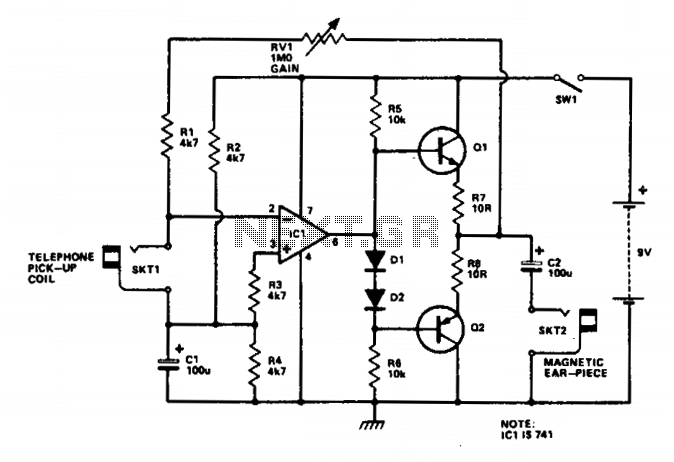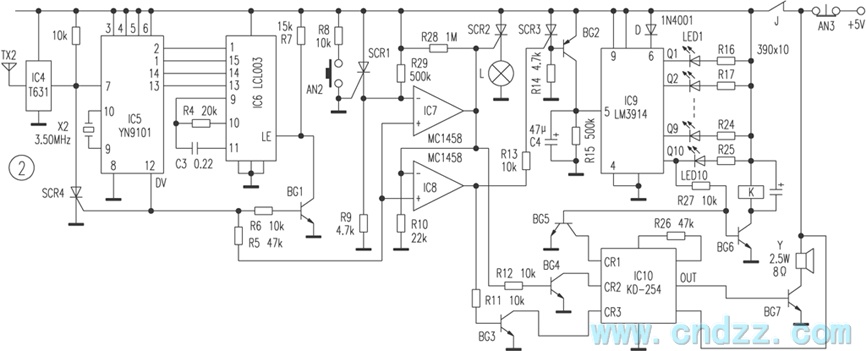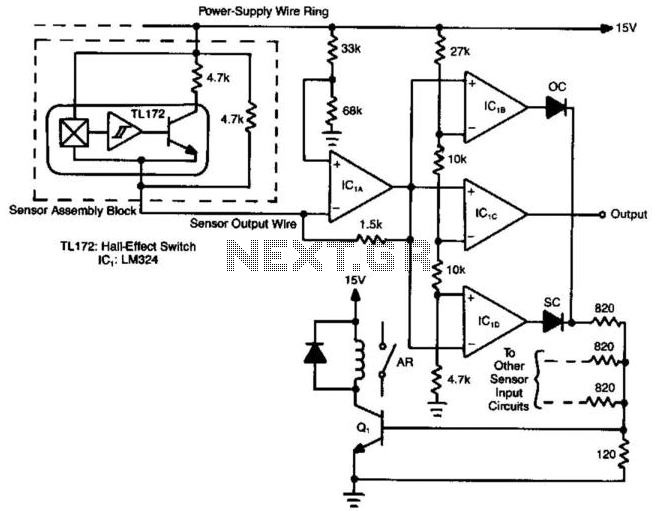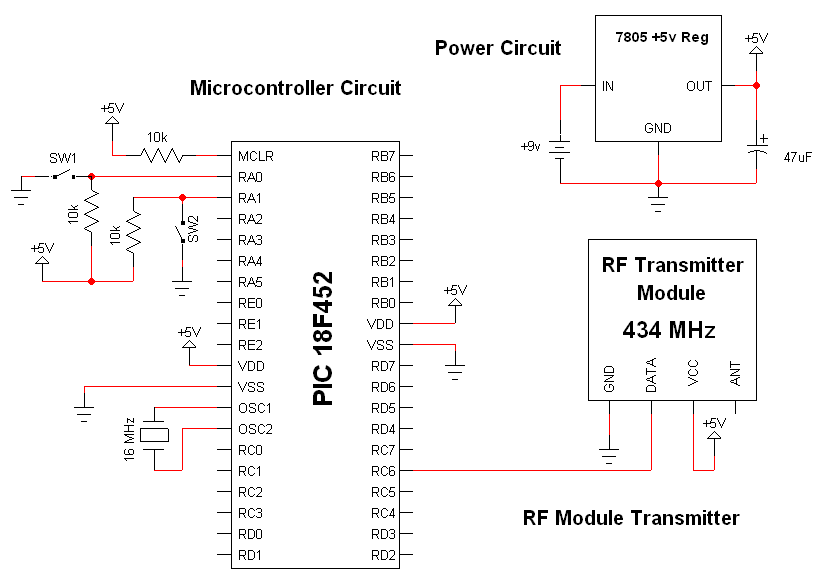
Wire tracer

The tracer detects the weak magnetic field of any current-carrying house wiring and amplifies this signal to a level that is adequate for driving a magnetic earpiece. The unit uses a telephone pick-up coil to detect the magnetic field.
The circuit operates by utilizing a telephone pick-up coil, which is designed to sense the magnetic field generated by alternating current (AC) flowing through house wiring. This pick-up coil is sensitive to the magnetic flux changes in its vicinity, allowing it to detect weak magnetic fields associated with electrical currents.
The detected signal from the pick-up coil is typically very low in amplitude, necessitating amplification to make it usable. An operational amplifier (op-amp) is commonly employed in this application to boost the signal strength. The op-amp configuration can be set up in a non-inverting mode to ensure that the amplified output maintains the same phase as the input, which is crucial for compatibility with the magnetic earpiece.
To further enhance performance, the circuit may include filtering components to eliminate noise and improve the clarity of the amplified signal. Capacitors can be used in conjunction with resistors to create a low-pass filter that allows only the desired frequency range to pass through while attenuating unwanted high-frequency noise.
The output of the op-amp is then connected to the magnetic earpiece, which converts the amplified electrical signal back into a magnetic field. This allows the earpiece to pick up the signal and convey it to the user, enabling them to listen to the sounds or communications being transmitted through the house wiring.
Overall, this circuit design offers an efficient method for detecting and amplifying weak magnetic fields from household wiring, making it suitable for applications where discreet listening or monitoring is required. Proper consideration of component selection and circuit layout is essential to ensure optimal performance and reliability.The tracer detects the weak magnetic field of any current-carrying house wiring and amplifies this signal to a level that is adequate for driving a magnetic earpiece. The unit uses a telephone pick-up coil to detect the magnetic field.
The circuit operates by utilizing a telephone pick-up coil, which is designed to sense the magnetic field generated by alternating current (AC) flowing through house wiring. This pick-up coil is sensitive to the magnetic flux changes in its vicinity, allowing it to detect weak magnetic fields associated with electrical currents.
The detected signal from the pick-up coil is typically very low in amplitude, necessitating amplification to make it usable. An operational amplifier (op-amp) is commonly employed in this application to boost the signal strength. The op-amp configuration can be set up in a non-inverting mode to ensure that the amplified output maintains the same phase as the input, which is crucial for compatibility with the magnetic earpiece.
To further enhance performance, the circuit may include filtering components to eliminate noise and improve the clarity of the amplified signal. Capacitors can be used in conjunction with resistors to create a low-pass filter that allows only the desired frequency range to pass through while attenuating unwanted high-frequency noise.
The output of the op-amp is then connected to the magnetic earpiece, which converts the amplified electrical signal back into a magnetic field. This allows the earpiece to pick up the signal and convey it to the user, enabling them to listen to the sounds or communications being transmitted through the house wiring.
Overall, this circuit design offers an efficient method for detecting and amplifying weak magnetic fields from household wiring, making it suitable for applications where discreet listening or monitoring is required. Proper consideration of component selection and circuit layout is essential to ensure optimal performance and reliability.The tracer detects the weak magnetic field of any current-carrying house wiring and amplifies this signal to a level that is adequate for driving a magnetic earpiece. The unit uses a telephone pick-up coil to detect the magnetic field.





